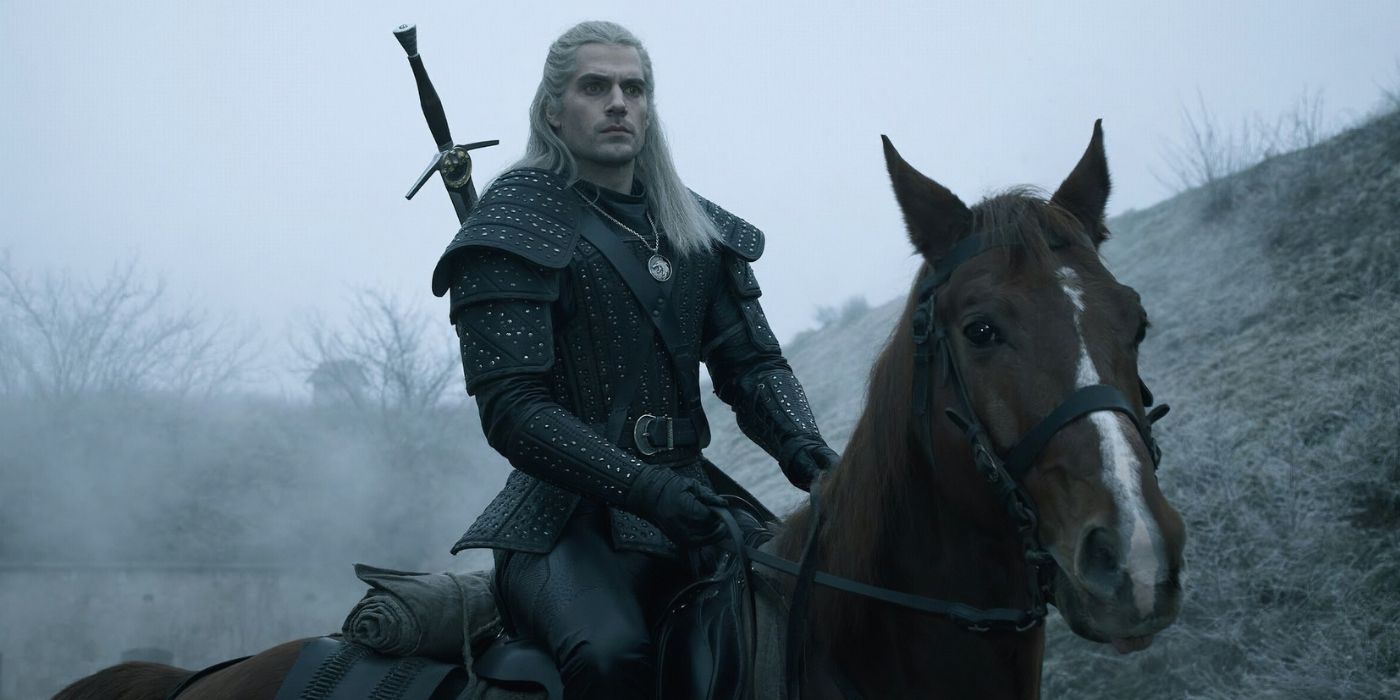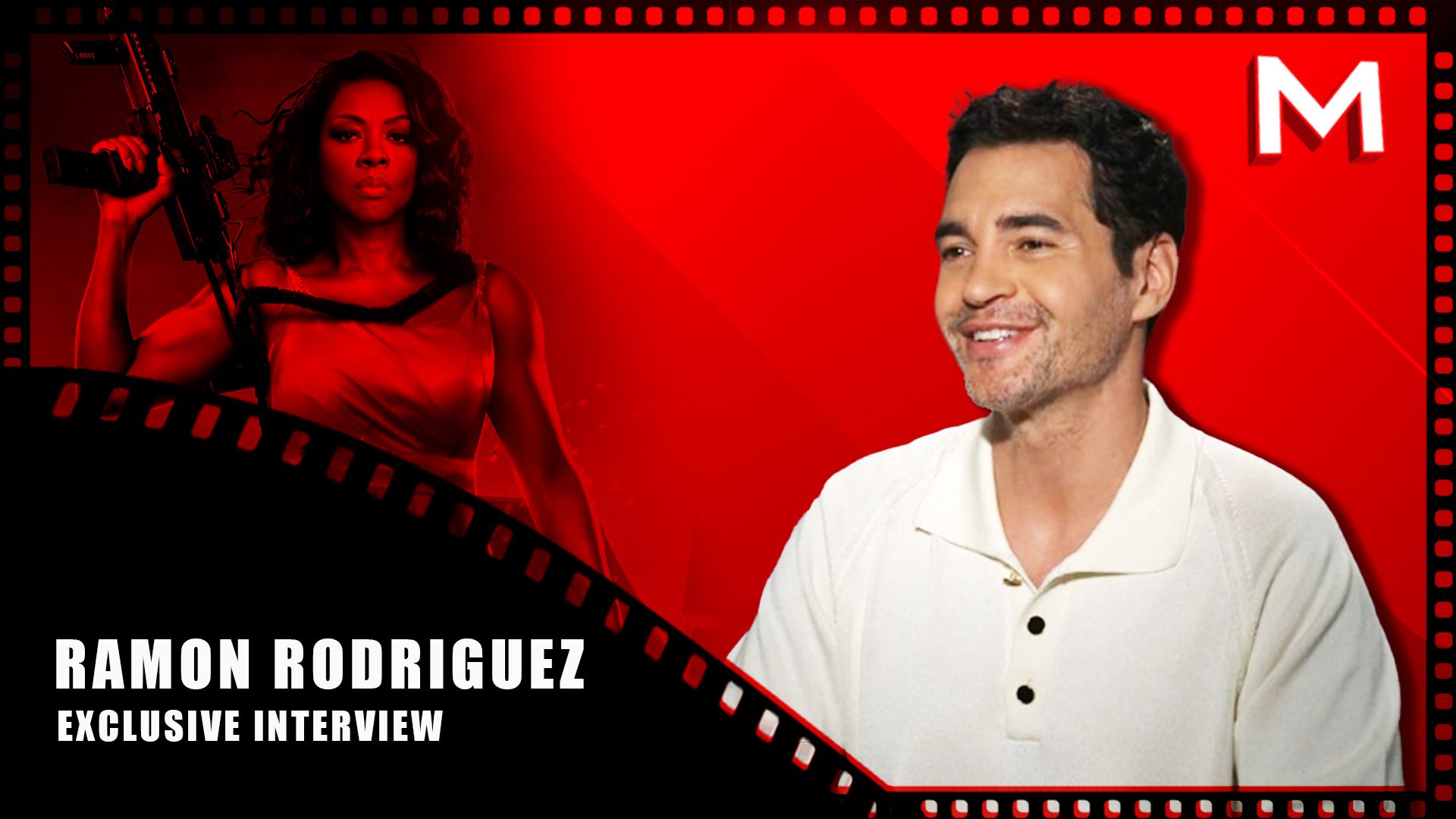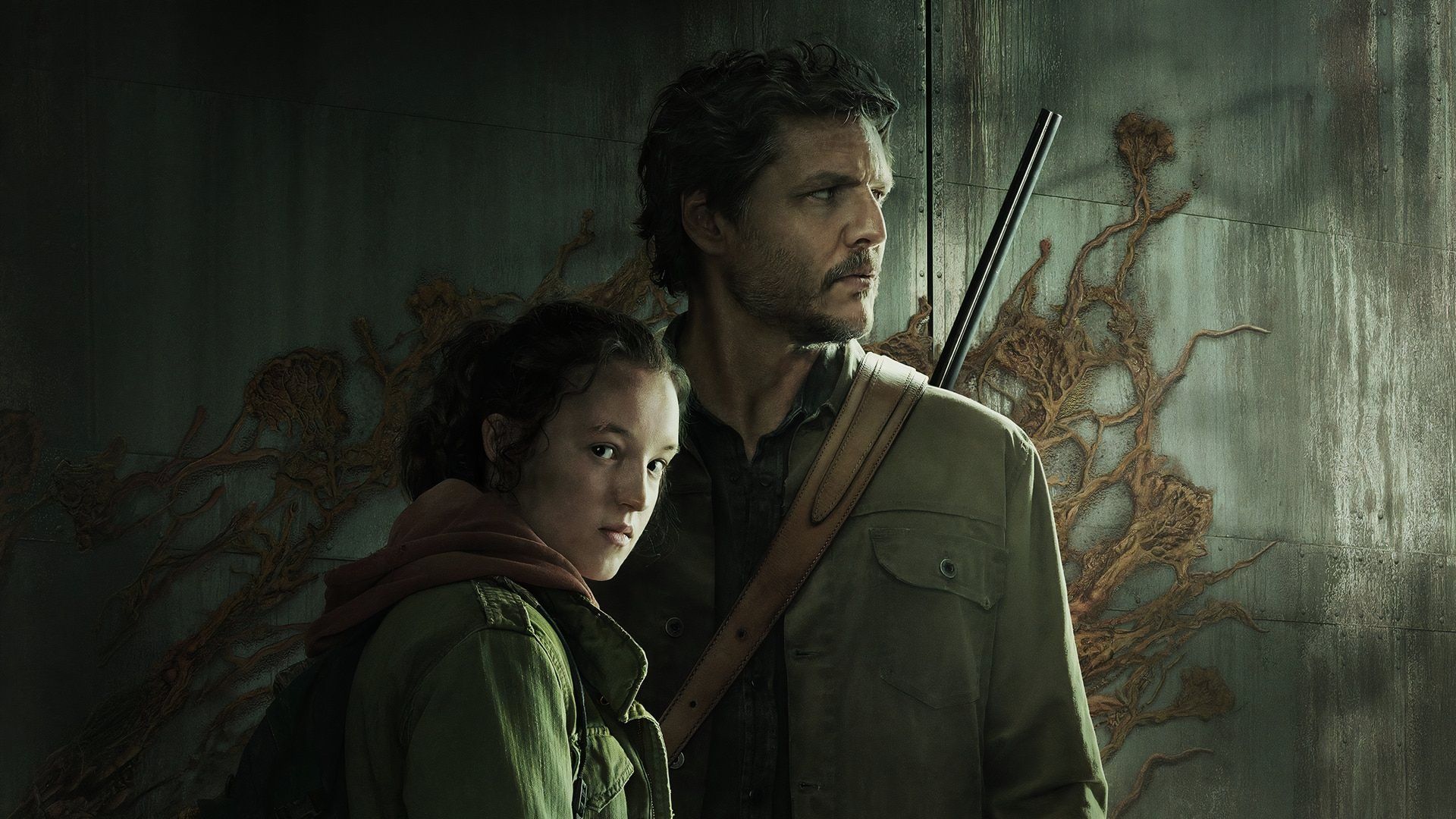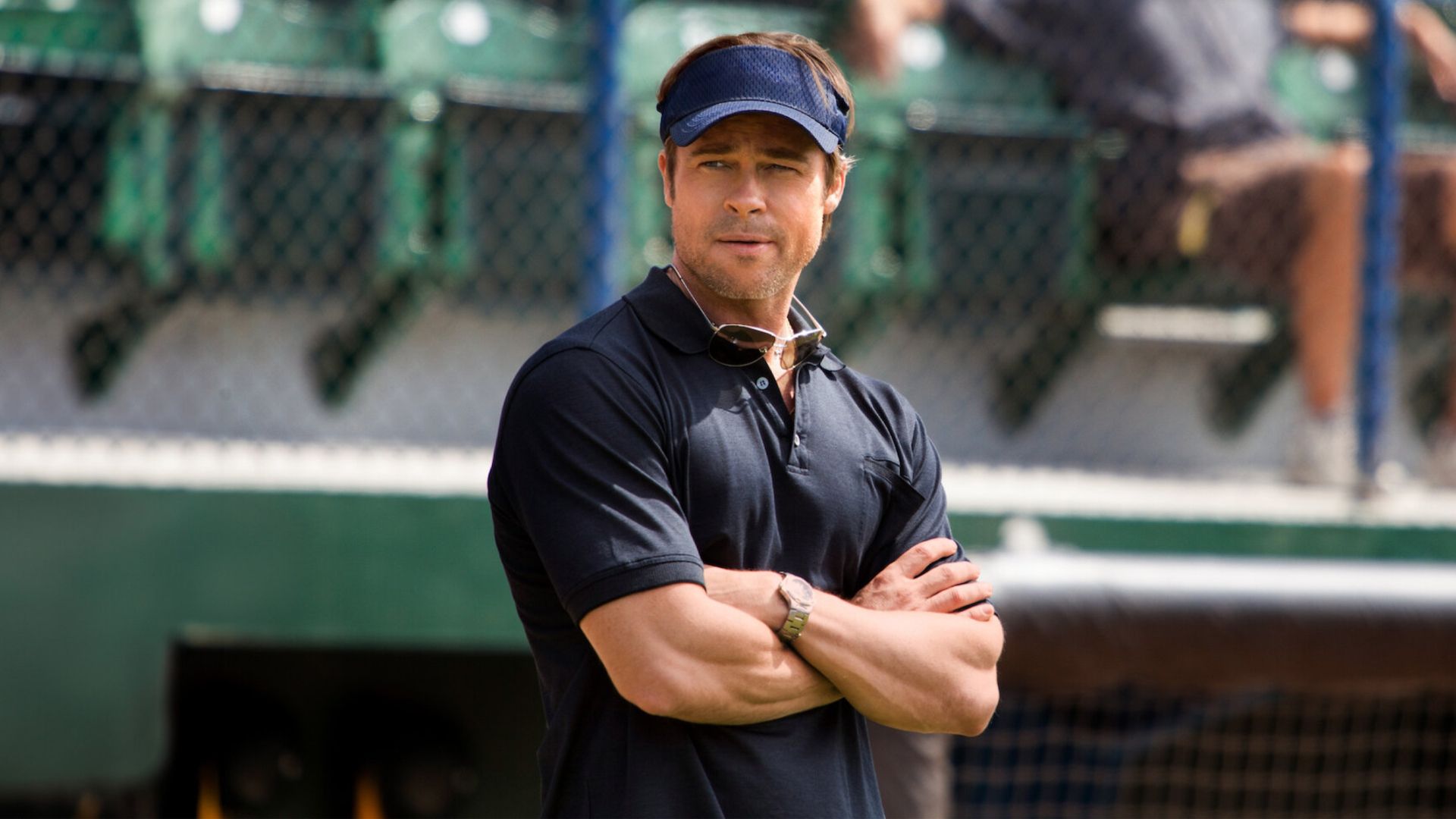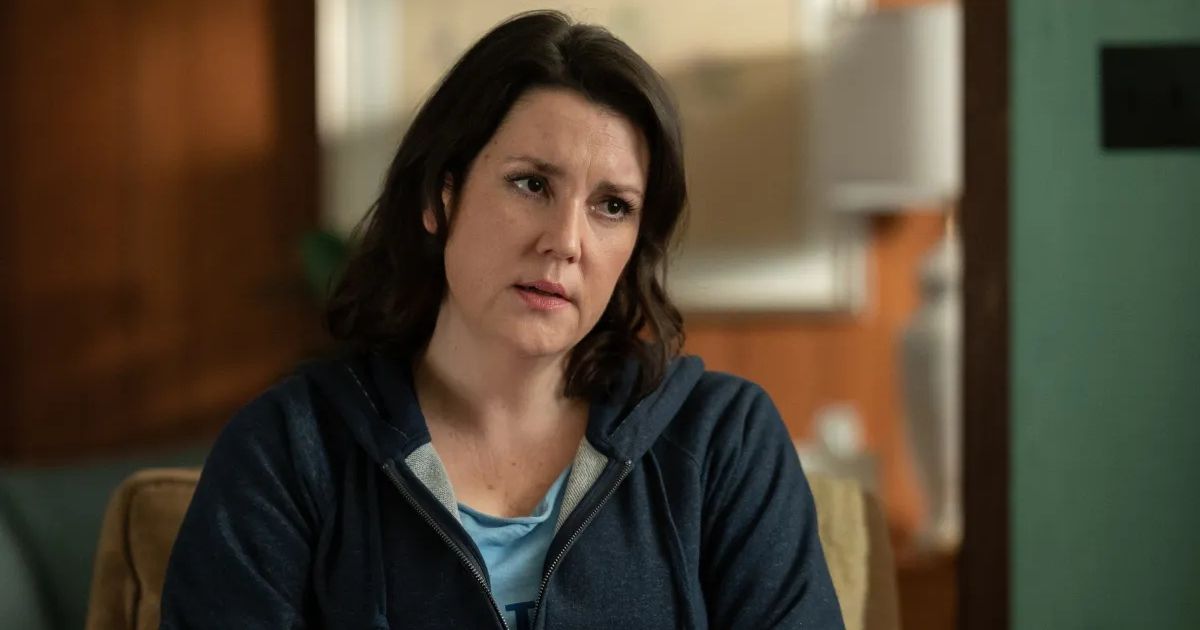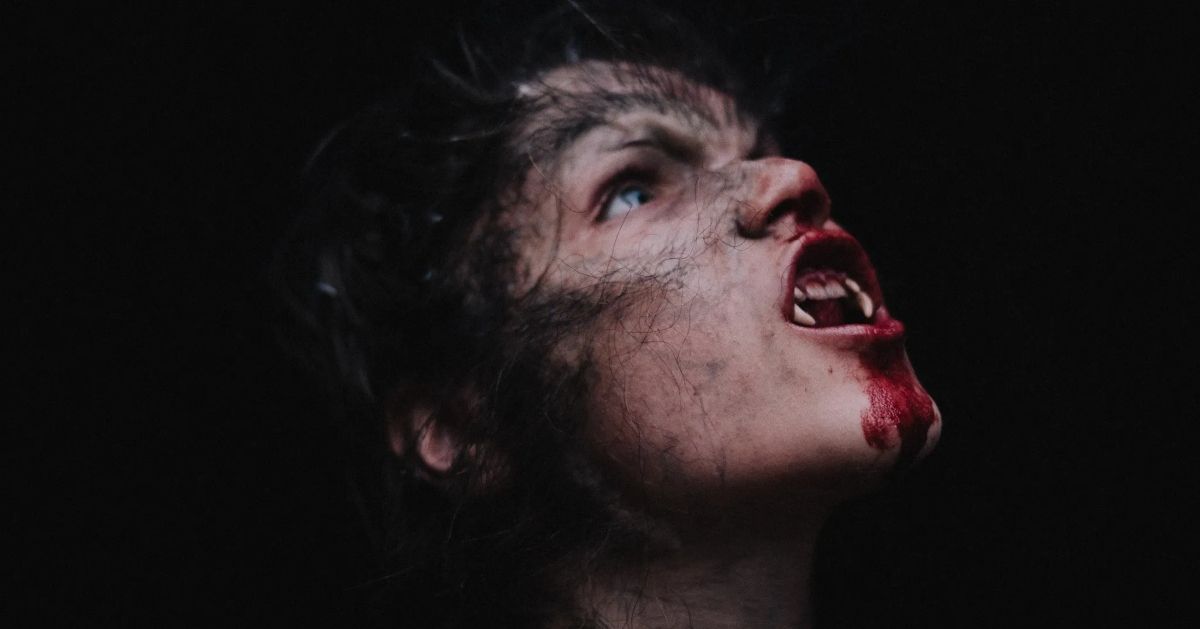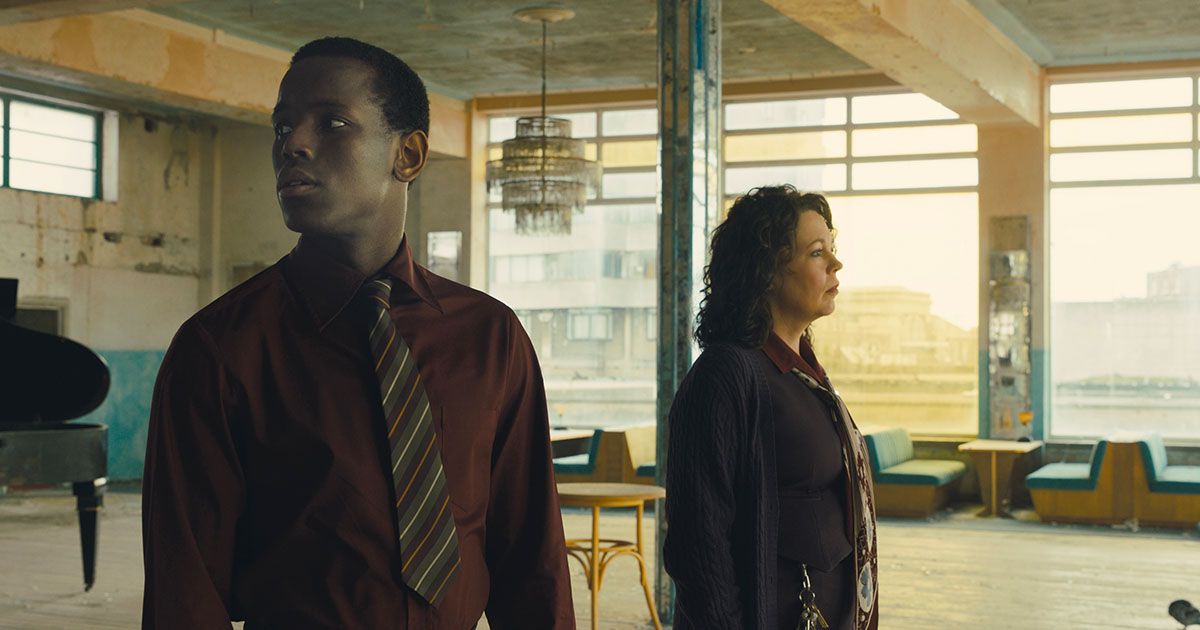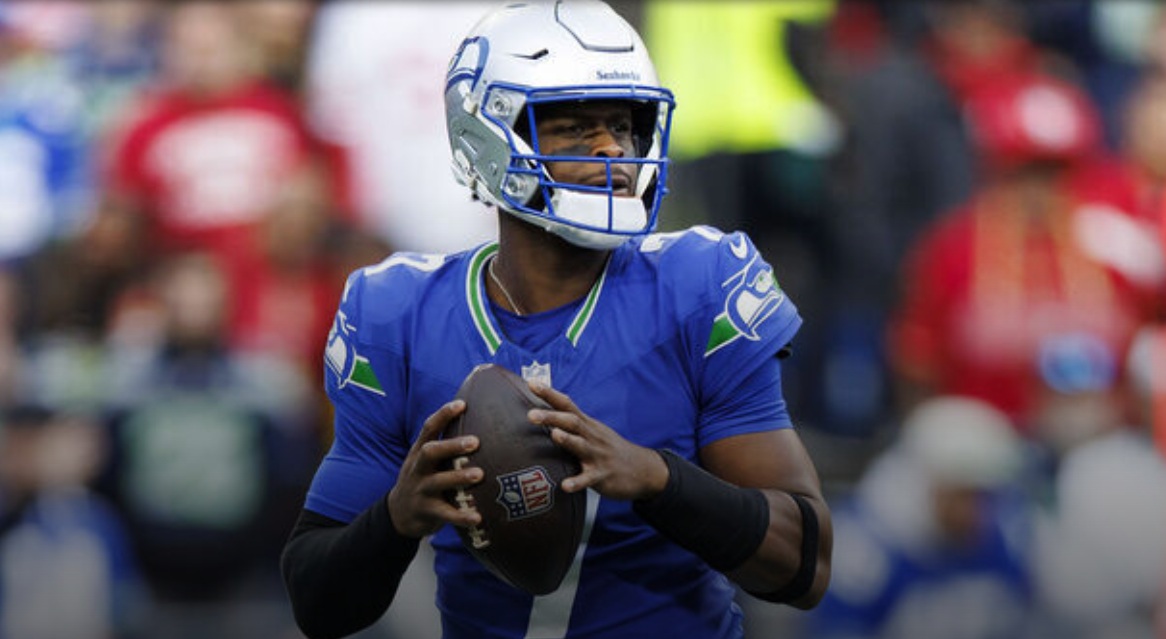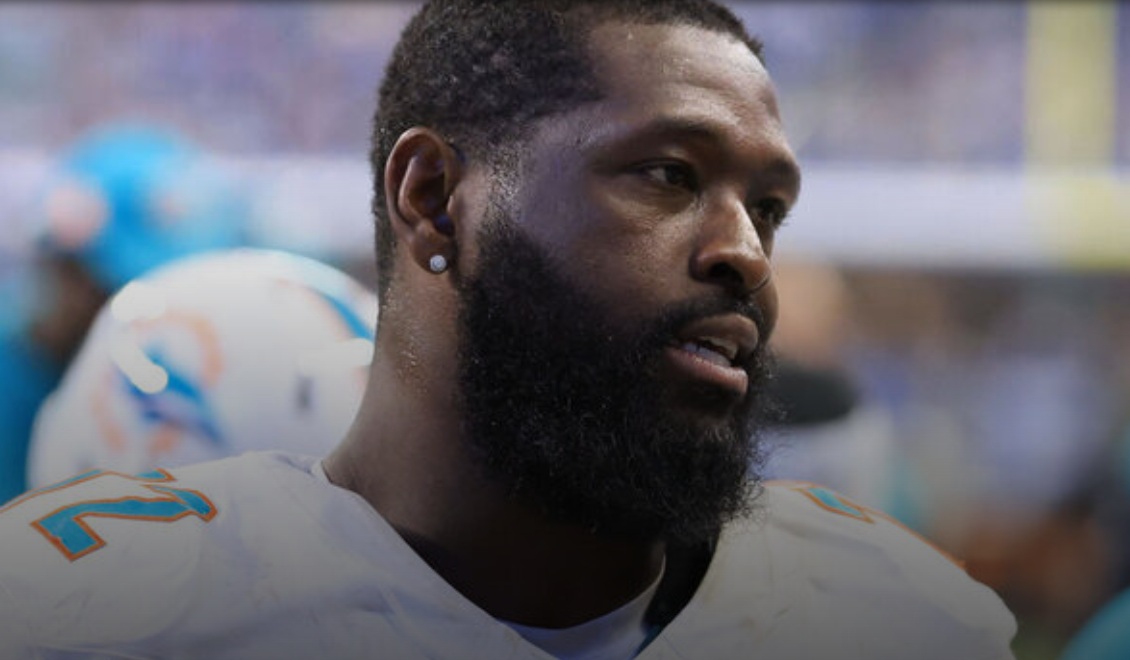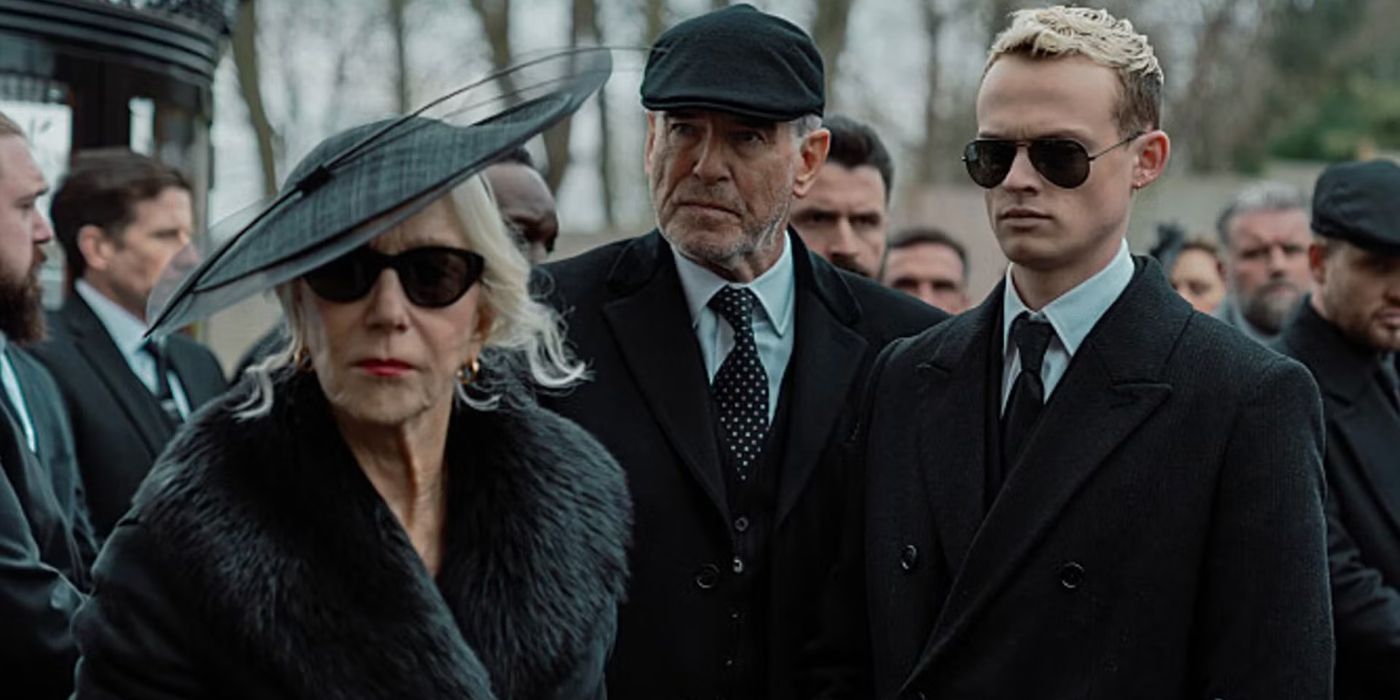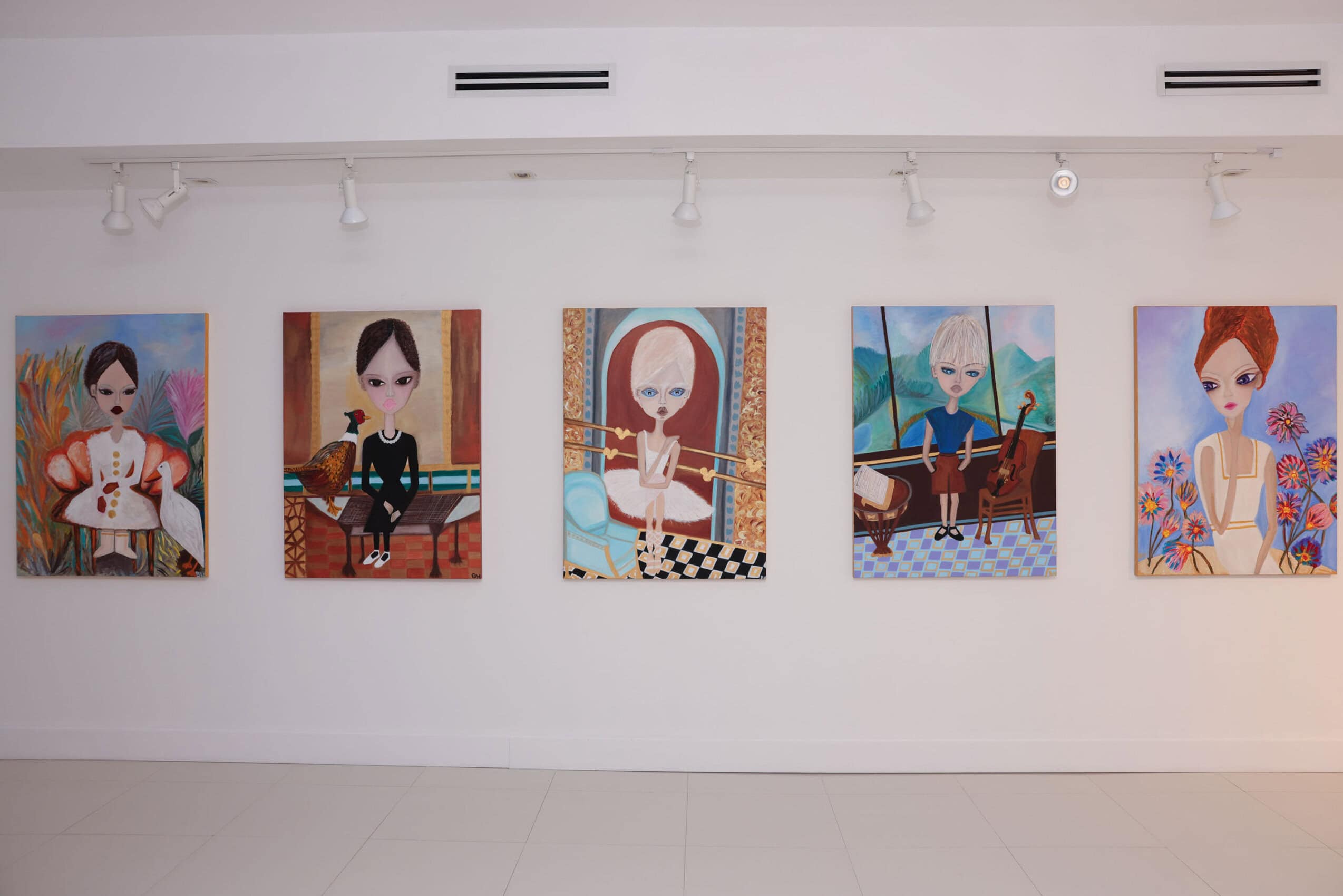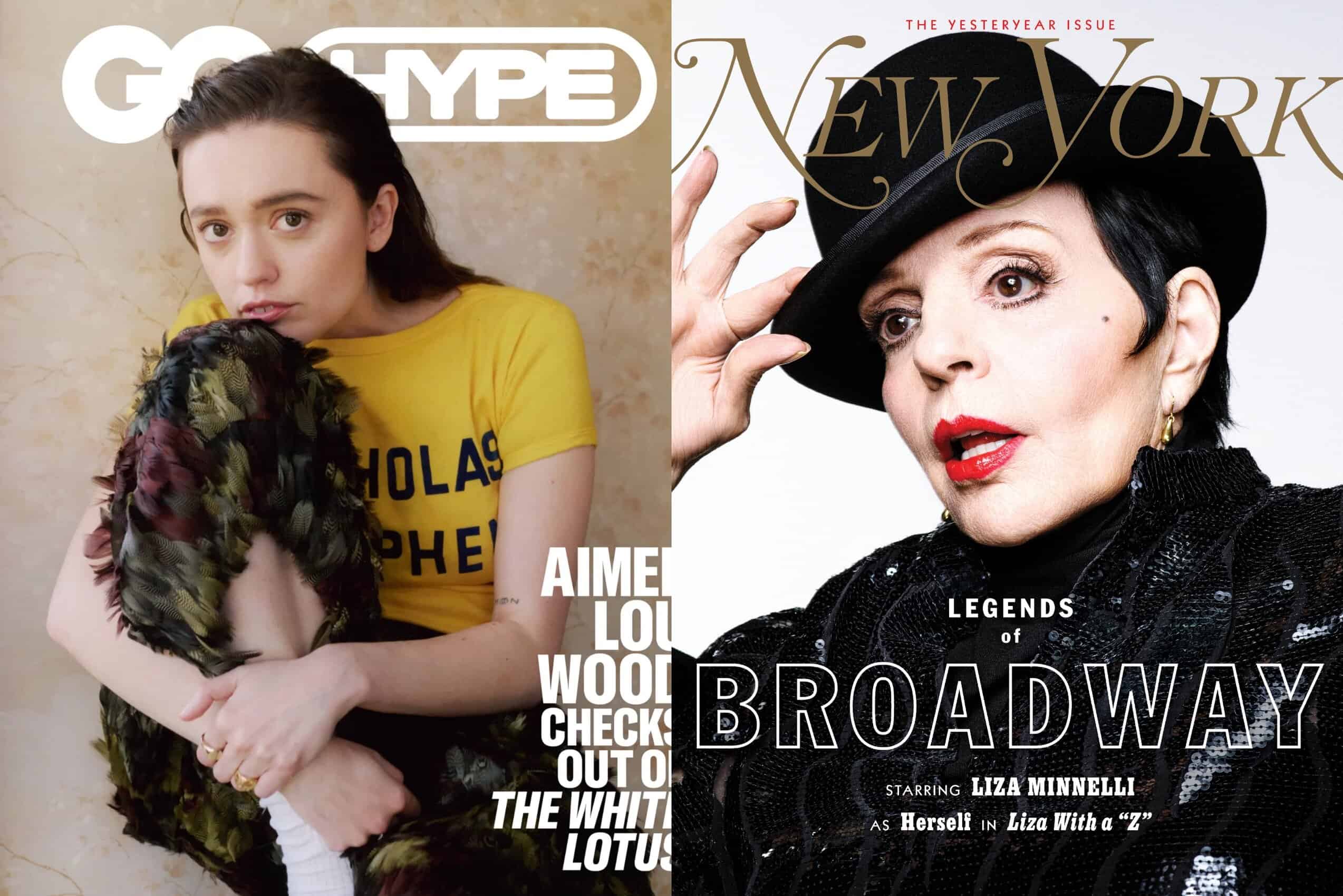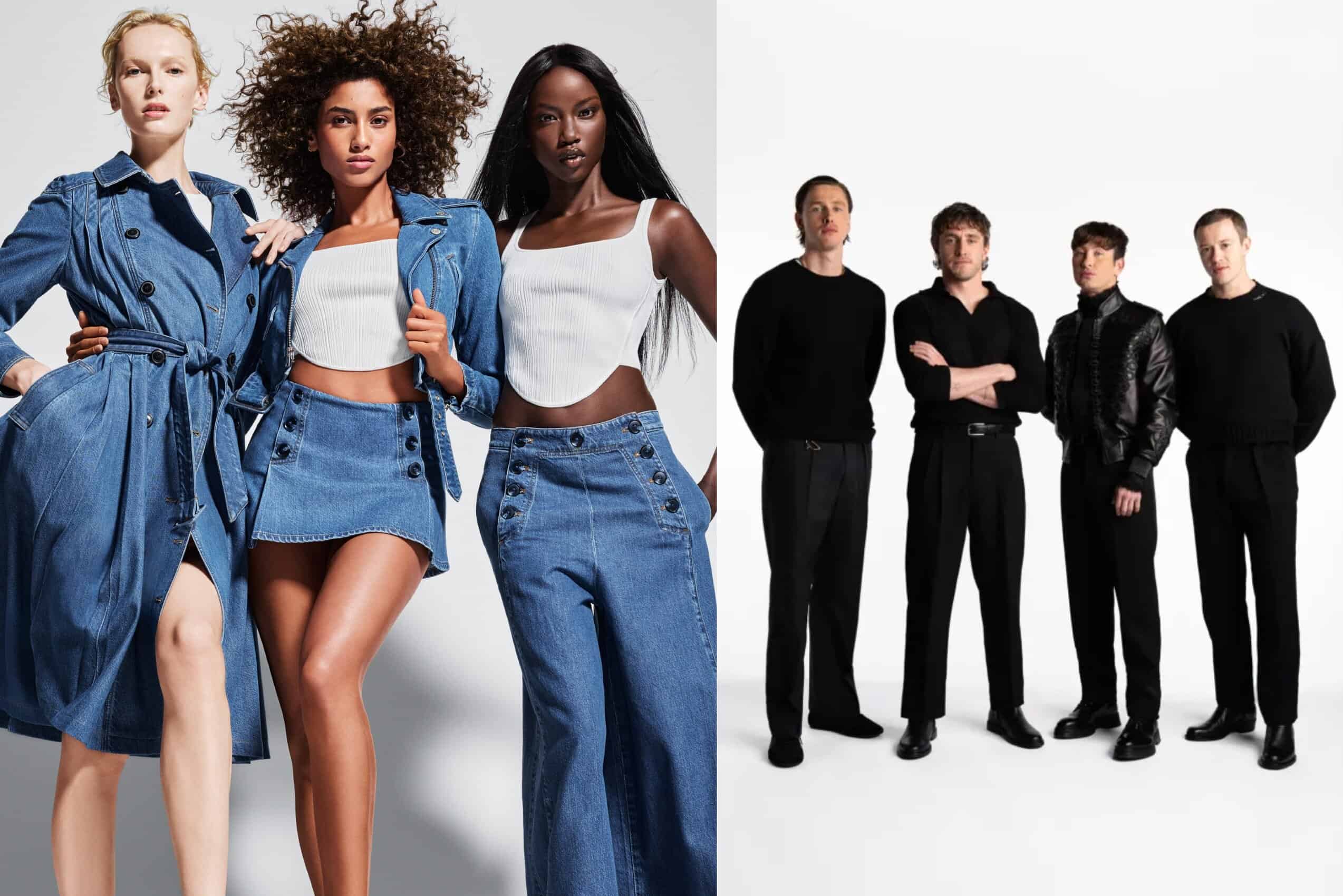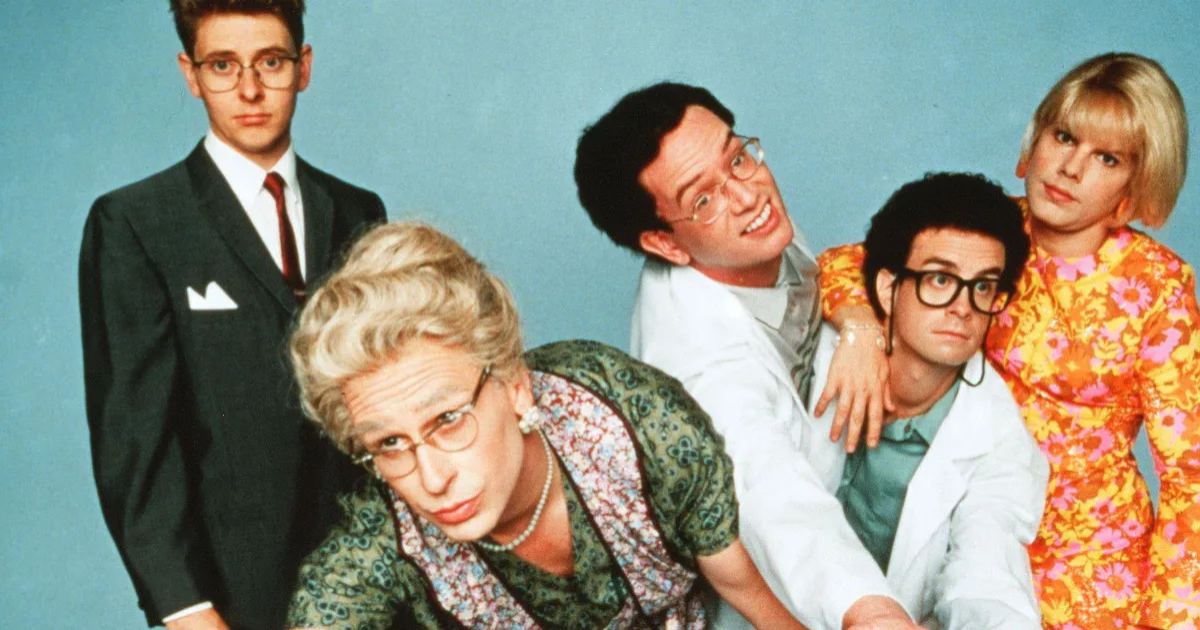
The Kids in the Hall wasn’t really like anything else on television when it aired for five long seasons from 1989 to 1995, and three decades later, with a new revival on Amazon Prime Video, they still stand out from the crowd. Sketch comedy is notorious for its hit-or-miss ratio, and while there have been great sketch comedy shows since The Kids in the Hall (specifically I Think You Should Leave, The Whitest Kids U’Know, and A Black Lady Sketch Show), none of them have such a majority of ‘hits’ over ‘misses’ than the Canadian troupe.
Part of this is because, even when The Kids in the Hall wasn’t laugh-out-loud funny, it was almost always intelligent, provocative, fun, or just plain brilliant, their comedy often existing in a strange, paradoxical space. They’d mix the dumbest thing in the world (a guy who pretends to crush heads with his fingers) with high art (an extended, expensive homage to Andrei Tarkovsky and experimental art films) without missing a beat. They managed to be far more politically subversive than shows which tackled contemporary politics (like Saturday Night Live), all while never actually addressing the news headlines of their day. They advanced LGBTQ+ representation and women’s rights while commenting candidly about race, all while being five white guys. They were an anomaly, and they still are.
MOVIEWEB VIDEO OF THE DAY
The Kids in the Hall: Comedy Punks and All the Rest on Prime Video
Prime Video is going all out for The Kids in the Hall, not just streaming all five seasons of the original show along with the special series Death Comes to Town, but airing a two-part documentary series (The Kids in the Hall: Comedy Punks) and an eight-episode revival with new sketches. Watching them in order is a real treat, being able to see the evolution and growth of the comedy troupe through their original series, a documentary, and their reunion, but one could honestly watch these things in any order and still have a good time.
The Kids in the Hall: Comedy Punks chronicles the five Canadian comedians over the course of their career, and is a genuinely fascinating and funny watch even if one isn’t familiar with their material. The documentary is constructed of interviews with the titular troupe (Bruce McCulloch, Kevin MaDonald, Mark McKinney, Dave Foley, and Scott Thompson) accompanied by home video footage, live recordings of their legendary pre-fame performances at the Rizzoli Theater, scenes from their work, and interviews with a wide range of co-conspirators and admirers.
Broadway Video Enterprises
These tangential interviews make for some of the best moments in the documentary, allowing an outside perspective on the outsider comedians; without them, Comedy Punks might be accused of self-indulgent fawning. Lorne Michaels is prominent amongst these interviews, an obvious fan who helped The Kids in the Hall get picked up by HBO; Mike Myers appears, saying he fell into an “existential despair” after seeing their pilot and realizing that they’d accomplished everything he’d wanted to.
The new series also features comedy clips from a variety of famous fans (Pete Davidson, Will Forte, Samantha Bee, Catherine O’Hara, and others); this, combined with the praise seen in the documentary, should indicate just how inspiring and funny The Kids in the Hall was, and why they deserve to be back.
The Queer Influence of The Kids in the Hall
Broadway Video Enterprises
Fred Armisen, Jay Baruchel, Lewis Black, Reggie Watts, and more all show up to express their admiration as well, but perhaps the most significant contributions come from legendary queer icons and current LGBTQ+ creatives. The inimitable Eddie Izzard, Mae Martin (Feel Good), Jennifer Whalen (Baroness Von Sketch Show), Eric McCormack (Will and Grace), and Julie Klausner (Difficult People) all show up to comment on the influence and inspiration they felt from The Kids in the Hall, a testament to the show’s queer trailblazing.
Related: The Kids in the Hall Revival Brings the Original Cast to Amazon Prime
“We used homosexuality as a weapon to bash squares,” Thompson says in the documentary, and it’s incredible to think about just how confrontational The Kids in the Hall were for their time. There was an obvious paucity of queer representation in the media landscape in the ’90s (or really anytime before recent years), and when LGBTQ+ characters were on TV, it was usually as a cruel joke or offensive stereotype. The Kids in the Hall featured proudly queer characters standing up for themselves, controversial monologues from Thompson’s gay Buddy Cole character, men in drag being boldly sexual, and fearless provocation against homophobia.
Of course, today’s media landscape is much different, and some dialogue and characterizations from the ’80s and ’90s Kids in the Hall probably could never air today. While they proudly ‘took back’ certain offensive words (or at least attempted to) used against LGBTQ+ individuals, it’s still jarring to see this uncompromising language and presentation today.
Chronicling the Comedy Punk Outsiders
Broadway Video Enterprises
This was serious subversion, but was even more seriously funny. The Kids in the Hall had a knack for taking very simple ideas (a grown up and disgruntled Cabbage Patch Kid, a middle-aged ‘chicken lady,’ a rock-bottom alcoholic who only drinks colorful and silly ‘girl drinks’) and stretching them out to uncomfortable but often brilliant degrees, finding new depths fo character and dimensions of humor in them. The Comedy Punks documentary is an invaluable look at that writing process, exploring the troupe’s mutually creative partnership and providing footnotes for their massive entry in the history of great comedy.
The documentary also delves into the more personal aspects of the men behind the show, and how their respective traumas and abuse were used as a catalyst for some healing and hilarious comedy. Alcoholic and abusive fathers, cancer, suicide, school shootings, divorce, drugs, and depression all influenced The Kids in the Hall and its members, who took their pain and created a community of comedy out of it.
Related: SNL: The Best Weekend Update Hosts, Ranked
These five guys were misfits in many ways, “an odd group of [expletive],” as Lewis Black says, and their punk rock, outsider humor was comforting not just to each other but to legions of fans. They were also misfits, the alternative weirdos and bullied kids, goths and geeks and everything in between, who would attend shows and form groups online in the early, burgeoning days of the World Wide Web.
It’s no wonder then that the excitement over this reunion has exceeded the typical anniversary get-togethers of countless other shows, movies, and groups. Even after break-ups, bitter feuds, lawsuits, failures, and a long process of forgiveness (all expertly cataloged by the Comedy Punks documentary), the five men recognize that, together, they have the alchemical chops to create gold with a one-in-a-million artistic and personal partnership. They’ve obviously aged four decades since first hanging out and then gelling together in stage shows, but the chemistry remains the same.
The Kids in the Hall: Still Funny After All These Years
Amazon Studios
The new series of Kids in the Hall sketches is surprisingly committed to a kind of continuity which connects it to the finale of the original sketch show, along with their much-maligned film Brain Candy. This clever connection to the past (without succumbing to the trend of nostalgic television) opens the door for a new Kids in the Hall run, which is immediately uncompromising and bold. Before long, actually in just the first real sketch after the opening, two fully naked men (Foley and McDonald) are bouncing up and down with guns pointed at them, indicating that, yes, these 60-year-olds are still silly and devoted punks with zero craps given.
The first two episodes (of the five screened for critics) are arguably the funniest, though the ratio of hits to misses is still abnormally high for the rest of the sketch comedy show. Comedy is subjective, but there is a bit of something for everyone here, reaffirming that aforementioned paradoxical place in which The Kids in the Hall thrive. There’s clever sociopolitical commentary, weird meta-humor, extremely dumb fun, silly gags, and melancholic and artistic character work; they even manage to do intellectual and self-aware toilet humor.
Broadway Video Enterprises
The final sketch of episode two is headache-inducing in the best way; while only one critic’s opinion, it’s simply six of the funniest minutes ever aired on television. The majority of sketches are delightfully comical, ranging from grins to chuckles to breathless, gasping laughter; a few aren’t very funny by design, as The Kids in the Hall continue to flirt with anti-humor, flouting their interest in character work over cheap jokes. Some sketches have incredible production value, though the entire affair looks crisp and fresh, a modern update of the visibly dated original show.
In fact, this new series might be a great introduction to younger people or anyone who is unfamiliar with The Kids in the Hall. Some callbacks and meta-humor won’t be recognized, but the new show looks great, feels fresh, and is undoubtedly more modern and accommodating for contemporary audiences than the visually grainy and laugh-track-addled original series, as classic and important as it was. It’s also downright hilarious, with many parts of the series making it one of the funniest shows on television right now. This, along with the well-crafted new documentary, is a wonderful testament to the Canadian troupe’s lasting significance, while also a first step forward for a new generation.
The Kids in the Hall: Comedy Punks and the eight-episode revival series will premier on Prime Video May 13th.
A Black Lady Sketch Show: Why You Should Be Watching HBO’s Comedy Series
Read Next
About The Author
Matthew Mahler
(108 Articles Published)
Editor and writer for Movieweb.com. Lover of film, philosophy, and theology. Amateur human. Contact him at matthew.m@movieweb.com
You can view the original article HERE.


